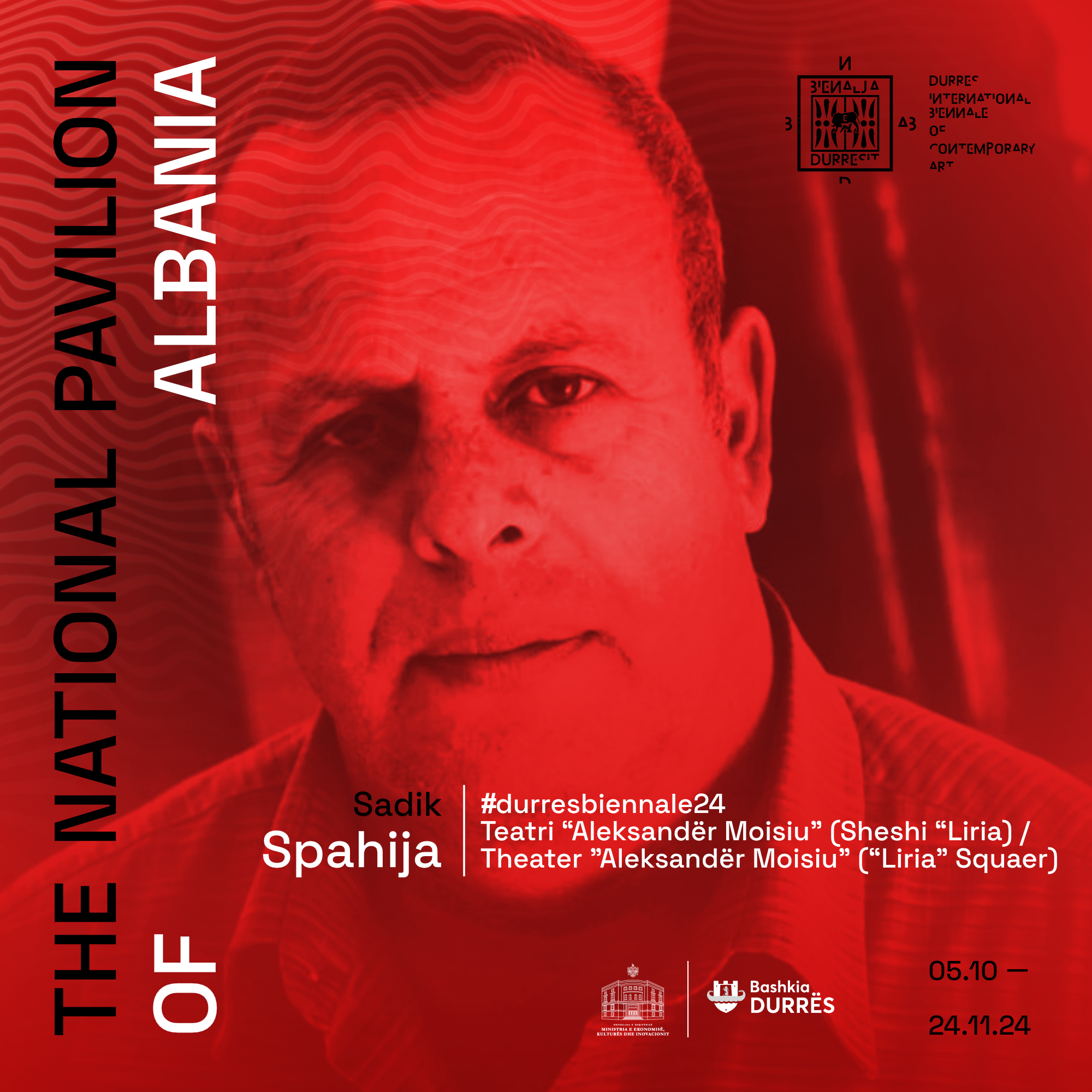Sadik Spahija

Sadik SPAHIJA was born in 1959 in Shkodër. He is a sculptor and professor at the Faculty of Fine Arts, near the University of Arts in Tirana. In 1983 he graduated in sculpture at the Academy of Fine Arts in Tirana and in 1998, he completed his specialization in plastic arts at the National High School of Applied Arts and Artistic Craftsmanship in Paris, France. The sculptor Spahija is the author of several solo exhibitions at Art Turbina (2017); FAB – Faculty of Arts Gallery (2012); Cité Internationale des Arts (2003); Halle and Berlin (1995) and participant in many joint exhibitions in: National Art Gallery Tirana and Pristina, Galeria Kalo; ME-WE; Contemporary Art Center, Korça; Palace of Europe, Strasbourg; Gallery Miejska bva w Bydgoszczy, Poland; Biennial tina B mobilnale, Prague; ArtMar Biennial of the Mediterranean, Barcelona.
He is the winner of several national awards such as: Kult Award (2018); Onufri First Prize (1996), Democracy Monument First Prize (1994); Third Onufri Award (1994) and awarded by the President of the Republic of Albania with Naim Frashëri i Artë (2007). He is currently the Dean of the Faculty of Fine Arts, at the University of Arts in Tirana.
The Lost GardenSculptural installation, wood, ceramics, metal, plaster, charcoal and gravel, 9 x 4 x 1.5 m, 2024
The conceptual approach:
The work opens up a panorama of references that raise questions about the role of man in future prospects by presenting parallel movements that move at different rates. The sculptural installation is a collection of objects that have lost their function, left and abandoned as after a tragedy. Every object holds a story, a life, a past. The spectator carefully observes the language of the objects, under a perception of the present, which has lost its original voice and history, entering into an alienated relationship of man and the environment, of man and his product. The work lies entirely on the ground, left there evoking aspects of historical, political and cultural narratives. The installation includes a density of objects, urban remains, human fragments, fragments of nature, poured horizontally, treated almost in black and white, burned realistically to strip the spectator from the comfort of an exhibition space, but to embody it in everyday alienating experiences . The installation is placed in a very active urban space as an appeal that invites the community to a cultural dialogue on the social, economic and aesthetic factors that influence its life. The spectator faces a dilapidated monument that creates a state of hopelessness, that does not elevate anything, but appeals for a public awareness, at a time when conflicts and peace are so fragile and so is technology and its effect on nature.
.jpeg)
.jpeg)
.jpeg)
.jpeg)
.jpeg)
.jpeg)
.jpeg)